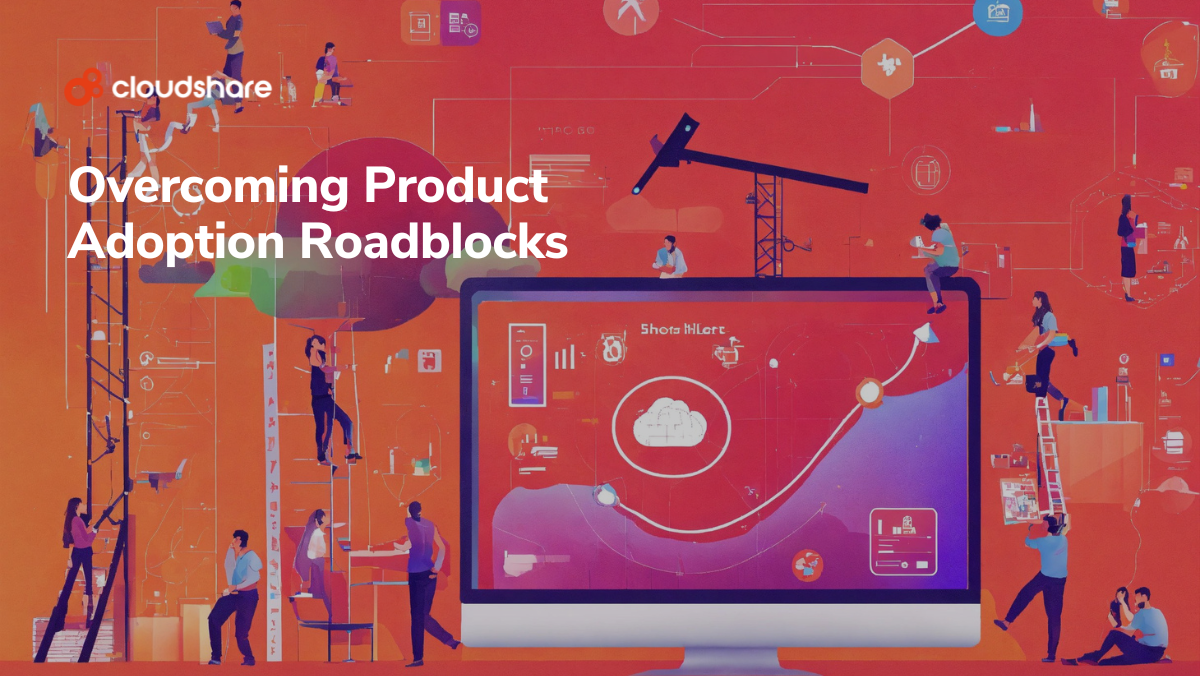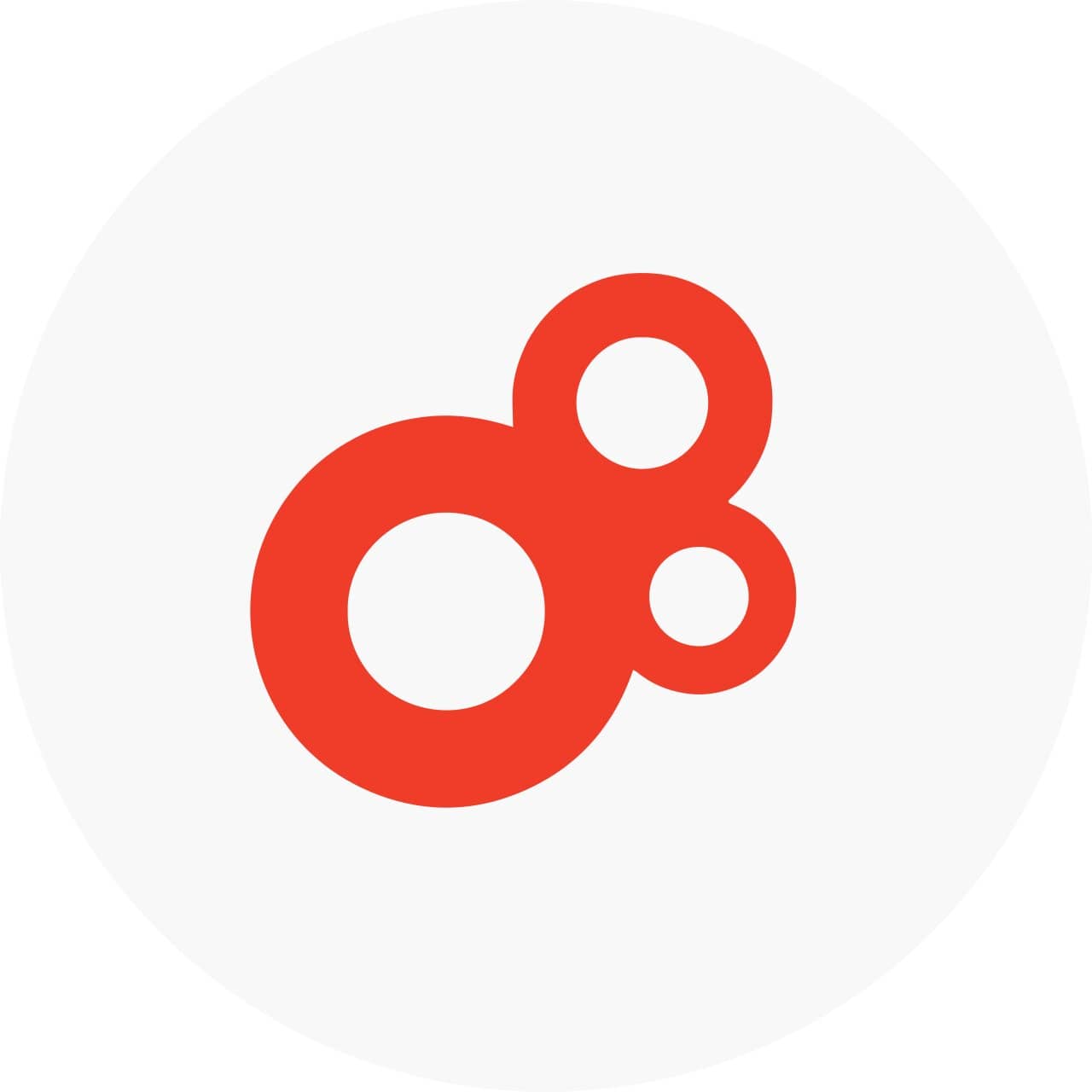
For a software-as-a-service (SaaS) company, product adoption is everything. A high adoption rate impacts not only revenue but also reputation and customer satisfaction. A low adoption rate may mean something is wrong with your customer onboarding process — or worse, your product.
In order to increase product adoption, it’s important to understand not only the strategies you should use but also how they apply to some of the major user adoption roadblocks. For instance, what can you do about a steep learning curve? How can you address customer concerns about budget or issues with usability?
Before we get into answering those questions, let’s start with the basics of product adoption.
How to Drive Product Adoption as a Software Company
The Market Stages of Product Adoption
Who you should target with your product adoption strategies depends on where you are in your software’s lifecycle.
Recently launched products tend to attract innovators. These individuals tend to be incredibly tech-savvy and attuned to market trends. Give them a chance to be part of a community and guide early development through customer feedback.
Early adopters pick up a product shortly after innovators. They tend to be influencers, making them critical to shaping early perception of your software. Advocacy marketing and customer outreach are crucial to getting them on board.
After early adopters comes the early majority. This is your largest and arguably most important market segment. They’re usually heavily influenced by the opinions of early adopters, but it’s also important to create a positive customer experience from top of funnel through to final sale.
The late majority represents the remainder of your target audience. They’re usually slower to adopt and a bit more difficult to convince than your other segments. High-quality product demos and a strong sales enablement strategy can help overcome their hesitation.
Finally, laggards tend not to respond to your marketing efforts. If they adopt your software, they’ll usually only do so when it’s near the end of its lifecycle.
Key Product Adoption Strategies
There’s no such thing as a perfect product adoption strategy. However, there are a few best practices you can apply.
Learn How to Manage Your Audience
Segment your audience based on behavior, challenges, and needs. Each audience segment should be associated with a unique onboarding flow. You should also optimize your customer onboarding process by implementing one or more of the following:
- Interactive, hands-on product tutorials to help customers ‘learn by doing.’
- In-app guidance to help customers identify core features and workflows.
- Welcome screens and checklists to streamline product activation.
- Microlearning.
- Gamification
Lastly, leverage NPS surveys and other feedback mechanisms to help you improve both your onboarding and your software’s overall design and user experience.
Employ Data-Driven Onboarding With Product Adoption Metrics
Product adoption metrics help you gain a better understanding of how people engage with your software and identify possible usability bottlenecks. While you may not necessarily measure every single one, key metrics include:
- Usage frequency to measure how often users engage with your software.
- Churn rate and retention rate, which together signify how well your software meets the needs of its target audience.
- Feature adoption, which identifies features that users may be ignoring or overlooking.
- Customer Satisfaction Score, which provides you with direct insight into whether your audience is content with your software.
- Time to value, which measures how long it takes users, on average, to reach the “aha!” moment and activate.
- Daily, monthly, and weekly active users — this one is fairly self-explanatory.
- Customer acquisition cost and customer lifetime value which can help you determine the overall ROI of your product adoption efforts.
Embrace Continuous Improvement
There is no such thing as perfection. No matter how good you believe your software to be, it can always be better. The most successful SaaS companies have internalized this mindset, subjecting their software to regular A/B testing with the goal of improving long-term adoption.
Give your website the same treatment. A poorly-designed site can and will drive away prospective customers.
Remember That Your Software Doesn’t Exist in a Vacuum
There are many different external factors that may influence adoption rate for your software either directly or indirectly. Some of them are obvious, such as the entry of a new competitor into the market, a major feature update from an existing competitor, or the emergence of a disruptive innovation like serverless technology. Others are less so, such as the potential for an impending recession to impact B2B spending.
If you’ve noticed your adoption rate seems to be falling and you can’t identify any external factors, it’s worth looking outward.
Set Your Customer Success Team Up to Succeed
Provide customers with multiple self-service support options, but ensure your customer success team is available as frequently as possible to assist with any technical issues. Make sure you also give that team an edge by equipping them with the right product adoption tools. Some of your top options include:
- Hotjar, a no-code digital product experience platform designed to seamlessly collect user insights in an intuitive product adoption dashboard.
- SurveyMonkey, which allows you to quickly create customizable surveys, polls, and quizzes for your users.
- CloudShare, our virtual experience platform that lets you create compelling hands-on product experiences for everything from virtual training to demos and POCs.
The Top Five SaaS Product Adoption Roadblocks
While every software product’s journey is unique, most companies tend to encounter one or more of the following challenges at some point in their life cycle.
- Steep Learning Curve
If your software is highly complex or technically intensive, you’ll need to pay extra attention to customer onboarding and customer support. Instructor-led training may be a better option than self-paced training. You may also want to create a strong knowledge base and community around your software that users can turn to for additional support. - Usability Issues
If given the choice between a feature-rich software product that’s overly cumbersome to use and a seamless option that’s only slightly less robust, most people will choose the latter. You need to incorporate user-centric design into your product. Otherwise, your customers may jump ship at the first possible opportunity. - Cost Constraints
Just as every business’s needs are unique, every company also has a slightly different budget. In order to capture as many prospects as possible, consider offering flexible pricing options. That way, your software can still attract users looking to control costs, while businesses with larger budgets can pay out for additional features or resources. - Visibility
You can’t fix a problem if you don’t know it exists. You need to make sure you have the necessary tools in place to accurately measure and quantify every stage of the buyer’s journey. Otherwise, you have no way of knowing whether your strategies are actually working. - Lack of Trust
In the B2B space, a poor purchase decision can have catastrophic consequences. You need to show prospects that your company is trustworthy. This is generally best achieved through a combination of Influencer marketing, customer advocacy, thought leadership content and personalization.
Drive Adoption, Activation, and Success with CloudShare
Product adoption is simultaneously one of your most important metrics and one of your greatest challenges as a SaaS company. Securing a high adoption rate for your software requires an understanding of both your audience’s needs, pain points, and deal-breakers. It requires an understanding of your market, and of all the external factors which might drive adoption down.
Perhaps most importantly, it requires a strategic, data-driven approach enabled by the right platforms and tools — one that re-conceptualizes how you think about your software and has you view it as an experience rather than simply a product.

![[Webinar On-Demand] Create Effective Customer Education Across the Entire Lifecycle](https://no-cache.hubspot.com/cta/default/20688800/interactive-144316796446.png)


